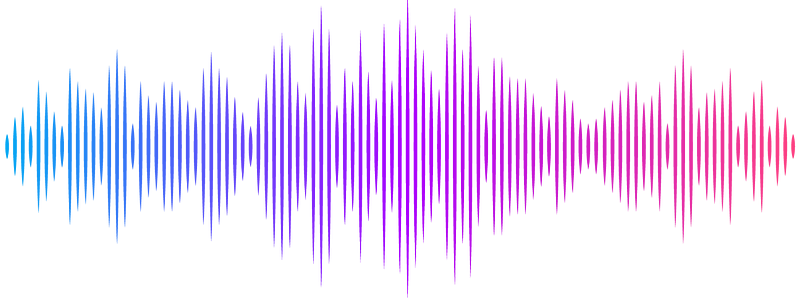The Composition of the Bacterial Community in Raw Milk from Holstein Dairy Cattle Correlated with the Occurrence of Klebsiella pneumoniae Clinical Mastitis Infections

The Composition of the Bacterial Community in Raw Milk from Holstein Dairy Cattle Correlated with the Occurrence of Klebsiella pneumoniae Clinical Mastitis Infections
O'Brien, B.; Jung, D.; Park, S.; Kurban, D.; Cai, Z.; Nguyen, N. S.; Dufour, S.; Li, Z.; Ronholm, J.
AbstractKlebsiella pneumoniae is a common, opportunistic bacterial pathogen that can cause severe clinical mastitis in dairy cattle. Optimizing the bovine udder microbiome to resist mastitis pathogens is a growing area of research; however, previous work has not examined which members of the mammary microbiome may have antagonistic interactions with K. pneumoniae. In this study, we collected quarter-level milk samples from Holstein dairy cows in Quebec, Canada every two weeks for 14 months and analyzed differences in the milk microbiome between samples that were collected from healthy quarters, quarters that developed subclinical mastitis, and quarters that experienced K. pneumoniae clinical mastitis (KP-CM) (n = 512 milk samples). The occurrence of subclinical mastitis did not cause significant differences in the alpha-diversity of the milk microbiome, nor did subclinical mastitis alter the interactions between taxa in the microbiome. However, the occurrence of KP-CM caused reductions in Shannon diversity in raw milk relative to healthy milk and altered the interactions between taxa. Specifically, K. pneumoniae showed negative interactions with the genus Aerococcus. The negative interactions between Aerococcus spp. and K. pneumoniae in the context of the bovine milk microbiome should be analyzed further.